SATA Data Cable Connectors & Pinouts
The Serial ATA (SATA) bus is defined over two separate connectors, one connector for the data lines and one for the power lines. A Serial ATA Hard drive may also have a third connector for legacy PATA power connections.
The PATA power connector may be used in instead of the SATA power cable to supply a connection which is more rugged and reliable then the SATA-1 power connection. The PATA interface is not visible in the diagram.
The Serial ATA interface cable consists of four conductors in two differential pairs, plus three ground connections. The cable size may be 30 to 26 AWG with a maximum length of one meter (39.37 inches).
SATA Interface Revisions
- SATA/150 (1500Mbps) - first-generation of Serial ATA interfaces, also known as SATA/150, run at 1.5 Gigahertz (GHz). Actual data transfer rate is up to 1.2 Gigabits per second (Gb/s), or 150 megabytes per second (MB/s). The simplicity of a serial link and the use of LVDS allow to use of longer drive cables.
- SATA 3.0Gb/s (SATA II, 3.0Gbps) - second-generation of SATA interfaces. A 3Gb/s signaling rate was added to the PHY layer. SATA II devices are required to support the original 1.5Gb/s rate. In practice, some older SATA systems require the peripheral device's speed be manually limited to 150MB/s with the use of a jumper. SATA II uses same encoding as SATA I featuring an actual data transfer rate of 2.4 Gb/s, or 300 MB/s.
- SATA 6.0Gb/s (SATA III, 6.0Gbps) - SATA revision 3.0 doubles the speed of the current 3Gb/s version, reaching transfer speeds of 6Gb/s.
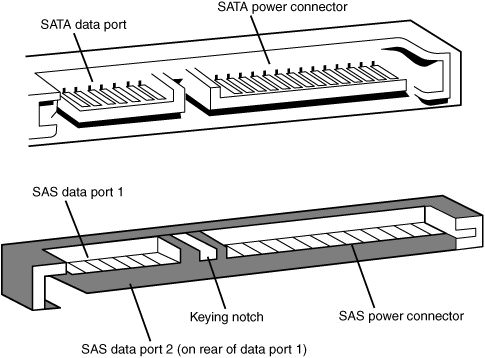
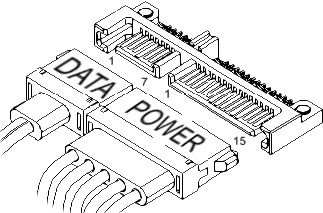
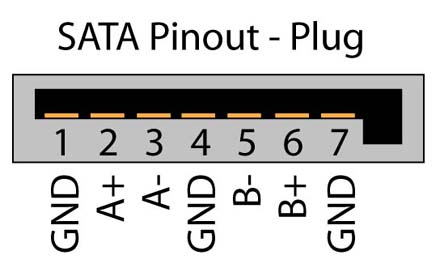
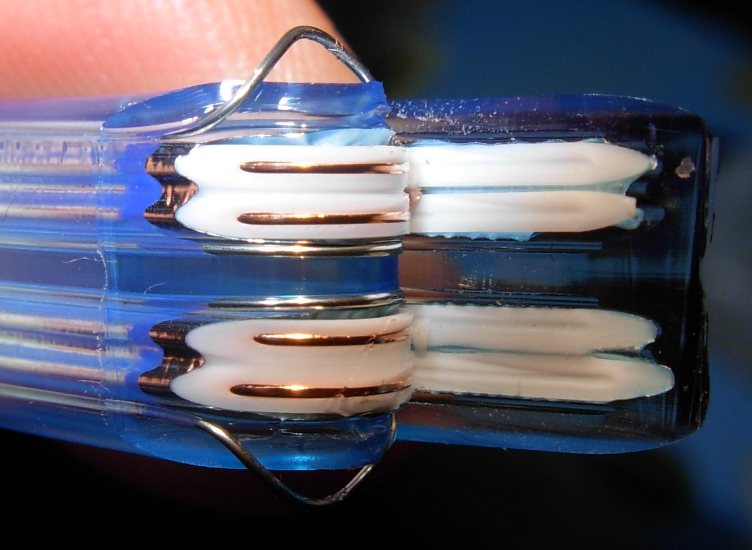
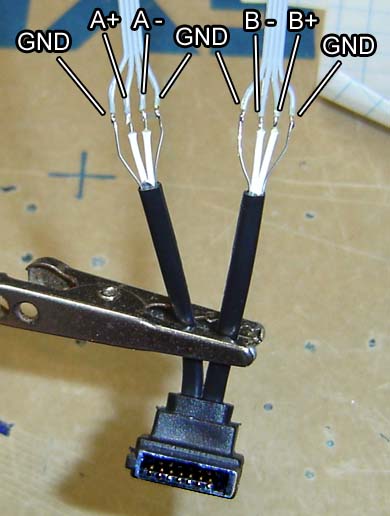
Updated on: 28/06/2025
Thank you!